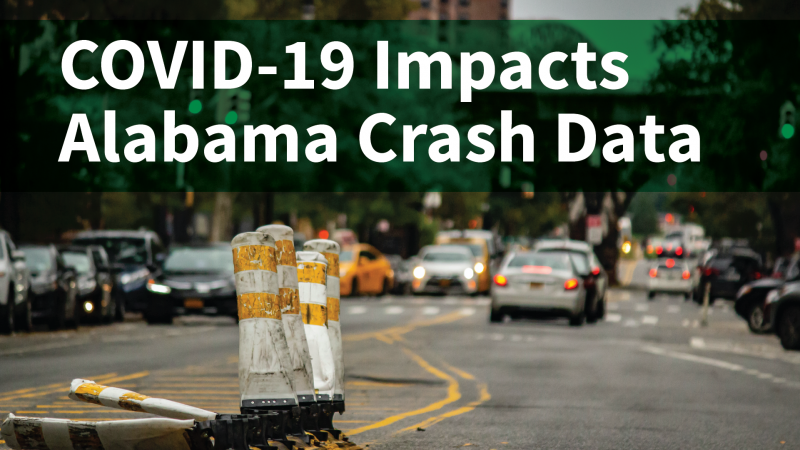User Perceptions of the Risks of Electric, Shared, and Automated Vehicles Remain Largely Unexplored
Advocates of electric, shared, and automated vehicles (e-SAVs) envision a future in which people no longer need to drive their privately owned, petroleum-fueled vehicles. Instead, for daily travel they rely on fleets of electric, automated vehicles that offer travel services, including the option to share, or “pool,” rides with strangers. The design, deployment, and operation […]


